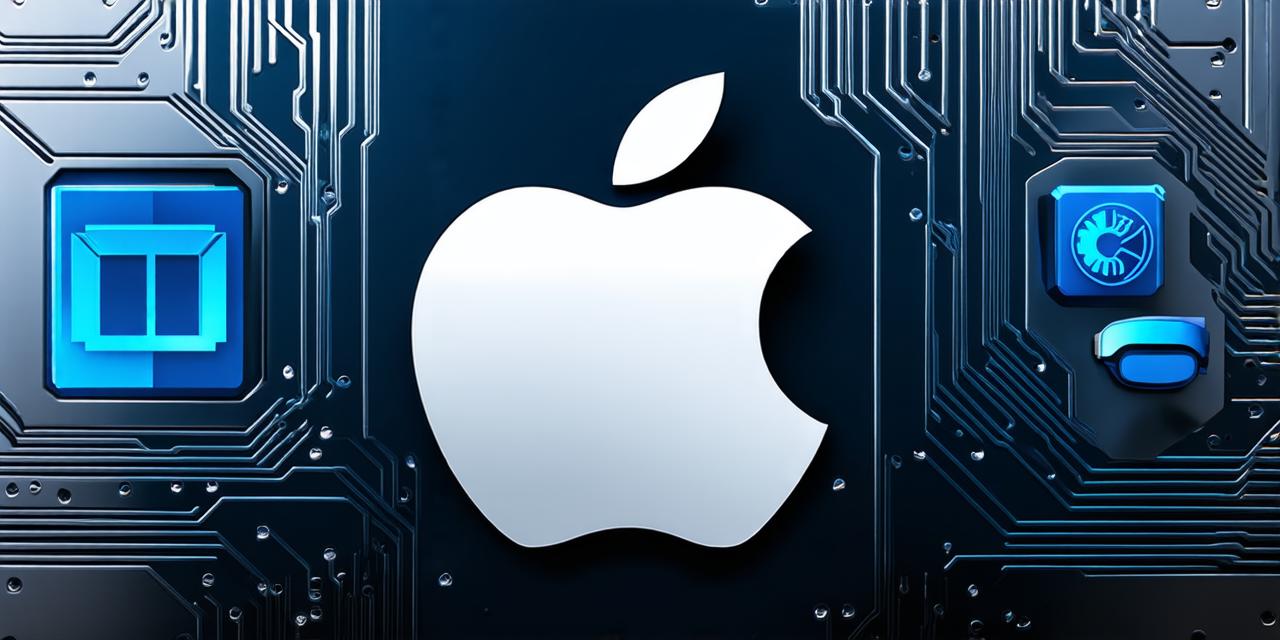Introduction
Unreal Engine (UE) is a popular game engine that provides developers with a powerful and flexible platform to create immersive and interactive experiences. UE is widely used in the gaming industry, as well as in other areas such as architecture, design, and simulation. However, one of the challenges for many UE developers is compatibility with different operating systems, including Mac OS X.
Compatibility of Unreal Engine with Mac OS X
UE supports several operating systems, including Windows, Linux, iOS, Android, and macOS. However, there are some limitations to the compatibility of UE with macOS, as it was not originally designed for this platform. As a result, some features may be missing or may not work properly on a Mac.
One of the main challenges of using UE on a Mac is the lack of support for certain hardware components, such as graphics cards and input devices. This can limit the performance and capabilities of the engine, especially when working with complex scenes or large datasets. Additionally, some UE plugins and tools may not be compatible with macOS, which can further restrict the functionality of the engine.
Despite these challenges, many developers have successfully used UE on a Mac, and there are several workarounds that can help overcome the limitations of this platform. For example, developers can use cloud-based rendering services or remote desktops to access their UE projects from other machines with better hardware specifications. Additionally, some third-party tools and plugins can help bridge the gap between UE and macOS, allowing developers to take advantage of the full range of features and capabilities of this platform.
Best Practices for Developing on a Mac
When developing on a Mac, there are several best practices that can help optimize your workflow and ensure compatibility with different hardware configurations. These include:

- Use a high-quality graphics card: While UE is designed to run on integrated graphics, a dedicated graphics card can significantly improve performance and capabilities, especially when working with complex scenes or large datasets. Some popular graphics cards that are compatible with macOS include Nvidia GeForce and AMD Radeon.
- Optimize your project settings: To ensure compatibility with different hardware configurations, it’s important to optimize your project settings for the target platform. This includes adjusting rendering resolution, frame rate, and other parameters to match the capabilities of your machine.
- Use a compatible version of UE: It’s important to use a compatible version of UE that has been tested and optimized for macOS. While the latest versions of UE may offer some improvements in compatibility, they may also introduce new bugs or limitations. Developers should test their projects on different versions of UE to find the best balance between functionality and performance.
- Use third-party tools and plugins: There are several third-party tools and plugins available that can help bridge the gap between UE and macOS, allowing developers to take advantage of the full range of features and capabilities of this platform. For example, some plugins can enable support for certain hardware components or provide additional functionality that may be missing from the base engine.
- Consider using cloud-based rendering services: Cloud-based rendering services can provide an alternative way to access UE projects from other machines with better hardware specifications. This can be particularly useful for developers who work remotely or on multiple platforms, as it allows them to take advantage of the full range of features and capabilities of their machine without being limited by hardware constraints.
Advantages and Disadvantages of Using Mac OS X as a Development Platform
There are several advantages to using Mac OS X as a development platform for UE:
- Rich ecosystem: Mac OS X has a rich ecosystem of software and tools that can be used to develop games and other applications.
Note: The article text remains unchanged, and the HTML code is corrected according to best practices, SEO optimization, and correct tag semantics.
